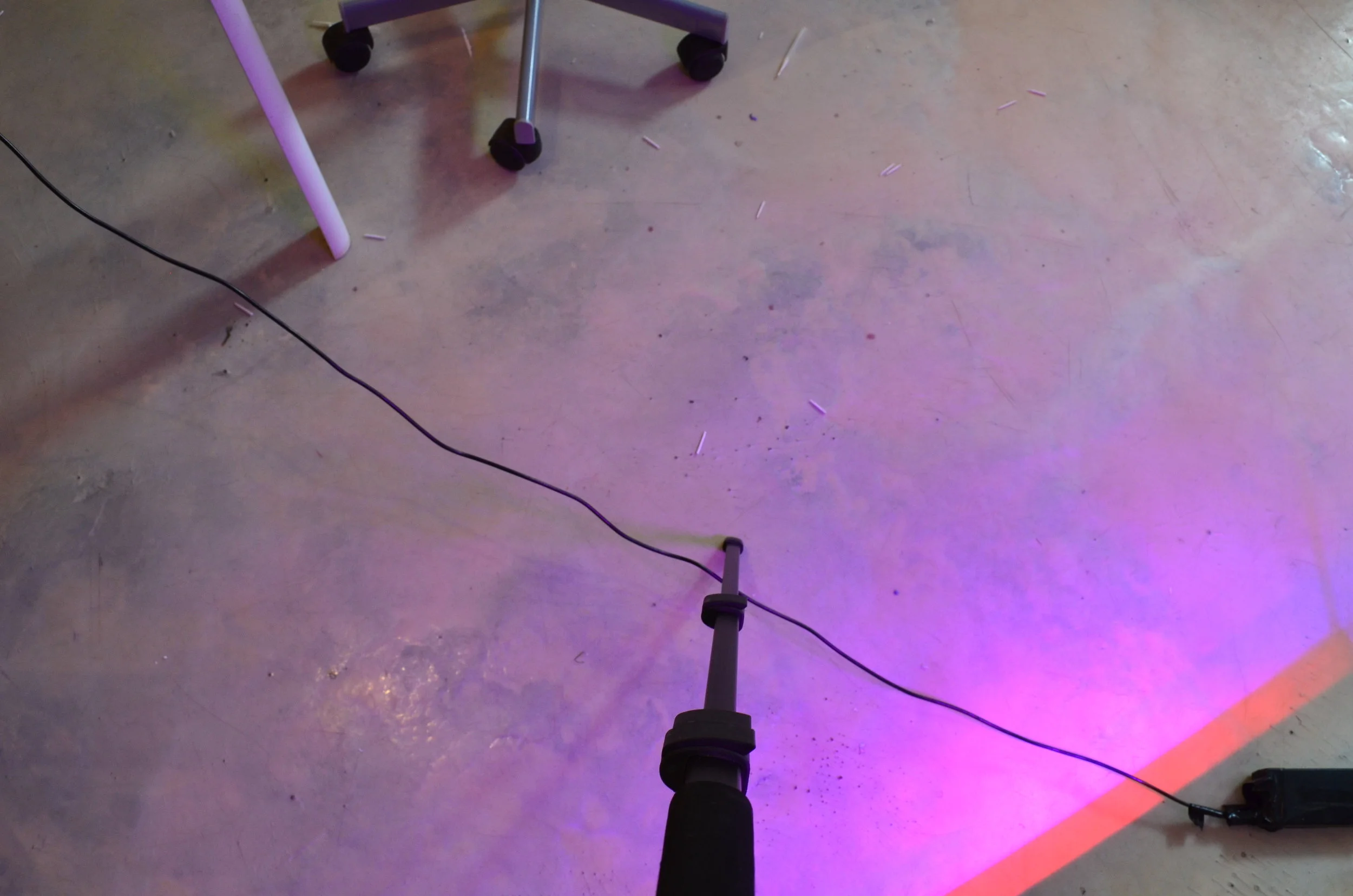Design:
- Mike Monteiro, one founder of the San Francisco web & graphic design firm Mule writes about how ethical design practices can't be a sideline that offsets the bad outcomes of unethical practices in your day job. Now that the power of design to influence behavior is broadly understood, people that would use those powers for immoral outcomes want to leverage designers- making their dirty work look clean and pretty.
- On the popularity and relative longevity of the color known as "Millennial Pink."
Building Things:
- Voodoo Manufacturing, which produces plastic parts on demand via a large network of 3D printers has added a robotic tender for their factory floor, removing prints so that new jobs can begin. Their post states their desire to take on production volumes of 10,000 plastic parts or more, which has mostly been the domain of injection molding. This is ambitious but not entirely practical: energy efficiency for injection molding is vastly superior to 3D printing and it's much easier for a manufacturer to add production capacity with molding machines instead of a whole hive of printers. Voodoo seems to primarily use FDM processes so they still have the problems of surface finish and limited material selection: ABS, PLA, Nylon, and a handful of others. Anyone who has taken a product through UL or other regulatory requirements knows a more complete library of polymers to draw from is essential, and that consistency of parts needs to be higher than what current FDM can provide. The case studies on their website show mostly simple, single piece plastic widgets like keychains or trophies along with a couple of niche hobby products where product liability risk is low. The bottom line is that while they're doing some novel work on advancing print-centric production models, companies like Foxconn or The Rodon Group shouldn't be worried about disruption to their business model anytime soon.
- A more balanced, nuanced take on how additive manufacturing will supplant or complement traditional manufacturing from Dávid Lakatos at Formlabs focuses on how additive enables mass-customization rather than pitting the approach as a head-to-head competitor with injection molding across the full range of product needs.
Body/Image:
- An article on artists developing counter-surveillance clothing, like a scarf for subverting facial recognition tech and burkas that mask the heat signatures drones use for targeting. In both cases the counter measures are simple, cheap, and easy to manufacture. In a world of blue-chip paintings viewed more as investments than aesthetic objects, it's nice to be reminded that art can be subversive, practical, and beneficial to the masses all at once.
Branded:
- The super-luxury phone market hasn't developed as planned. Vertu (maker of $6,000 phones) sold once again after further stumbles, and Sirin Labs (maker of $13,000+ phones) is laying off staff and attempting a pivot after reporting sales of $10 MM since launching their product line (Sirin Labs has raised $97 MM to date). There's obviously a market for high-price luxury goods across a broad range of goods, from handbags to cars. We would argue that what both of these companies did wrong is not picking the wrong market, but rather misunderstanding how luxury brands need to look, feel, and function in order to command their (arguably absurd) mark-ups. It's not actually about the features (Balmain jeans have the same number of pockets as Levi's), it's about the aura and origins of the brand itself. If you compare the website of Sirin Labs or Vertu to established luxury brands in other product categories, the tech-industry temptation to lead with features becomes clear. But leading with features is to argue for value rooted in quality or utility, where luxury lines presume a high value by virtue of invisible metrics like provenance. Trying to talk you into the genuine luxury of something is akin to telling everyone how cool you are: It doesn't work and serves only to undermine the message. Also, while not a luxury brand per se, Apple charges a fair amount for their top line products and has brand cache and build quality that creates a high bar for would-be luxury phone makers to clear with enough space to seem notable.
Engineering Communities:
- The ad-hoc power networks known as microgrids that are driven by solar panels and use pay-as-you-go models have been deployed all over the world and often viewed as a solution for places where traditional infrastructure is lagging behind. Even if your country has a robust, centralized power grid, the promise of energy independence on a local level is attractive. Communities in the U.S. are getting involved with their own microgrid projects; an example of "reverse innovation" where initiatives originally designed for developing countries finds adaptation and usage in the wealthiest nations. In our opinion getting to a better future will require more DIY and independent, community driven projects like these, which can be implemented quickly compared to initiatives at the top levels of government vulnerable to rollbacks and politically driven funding battles.

